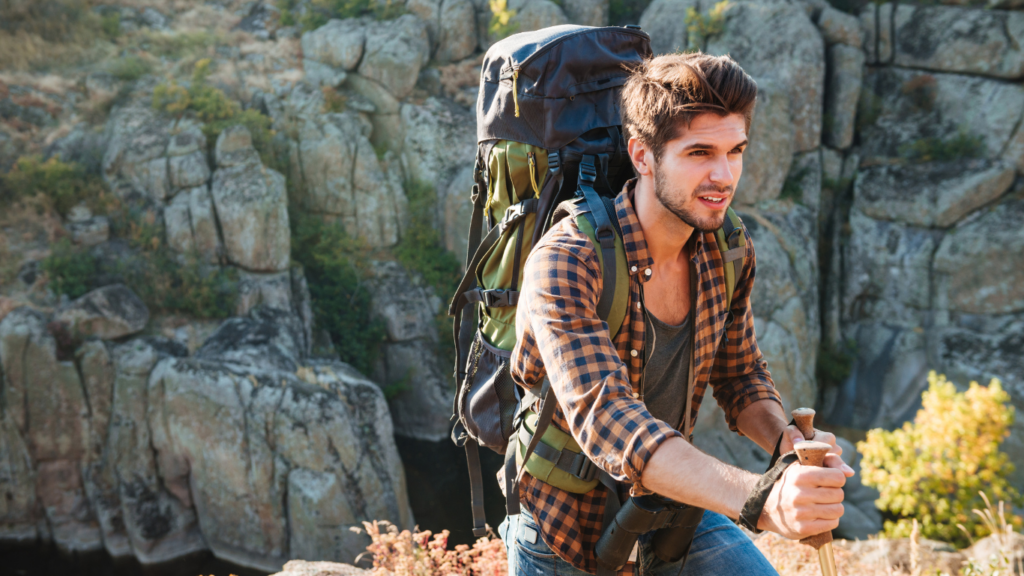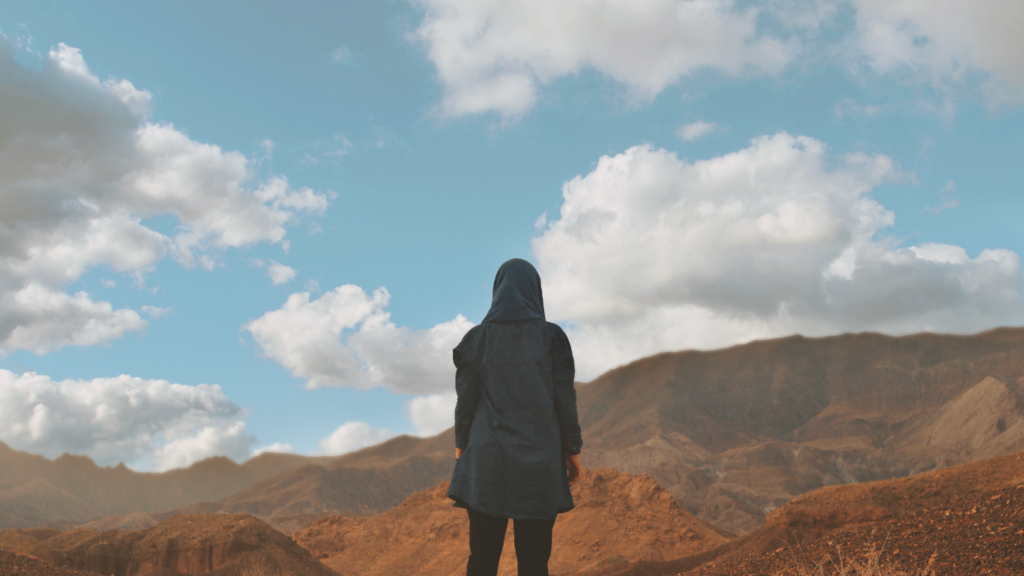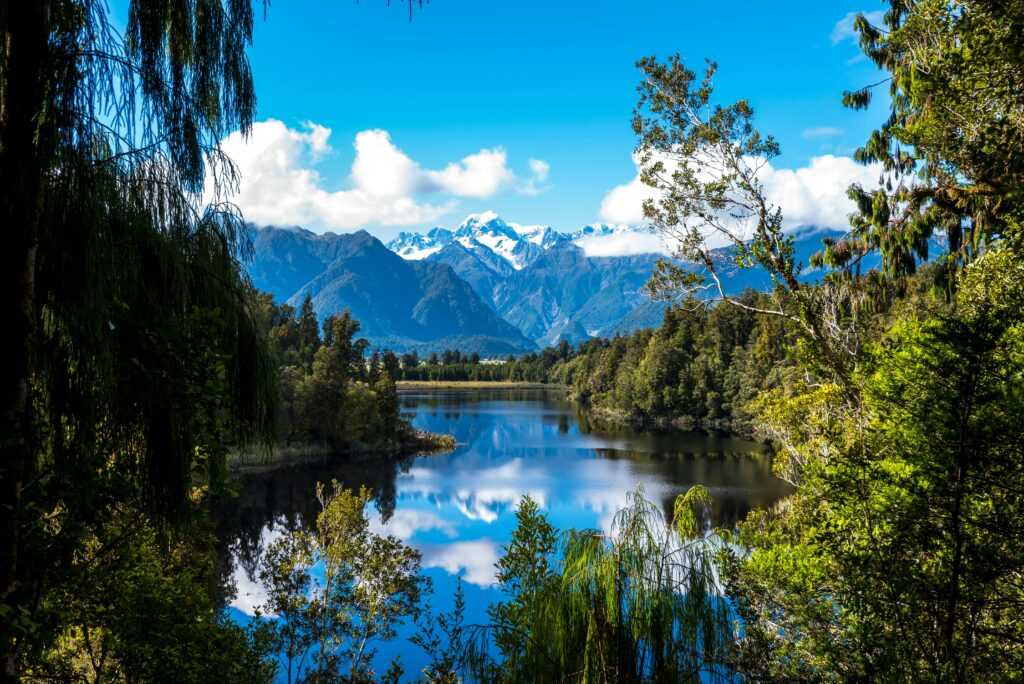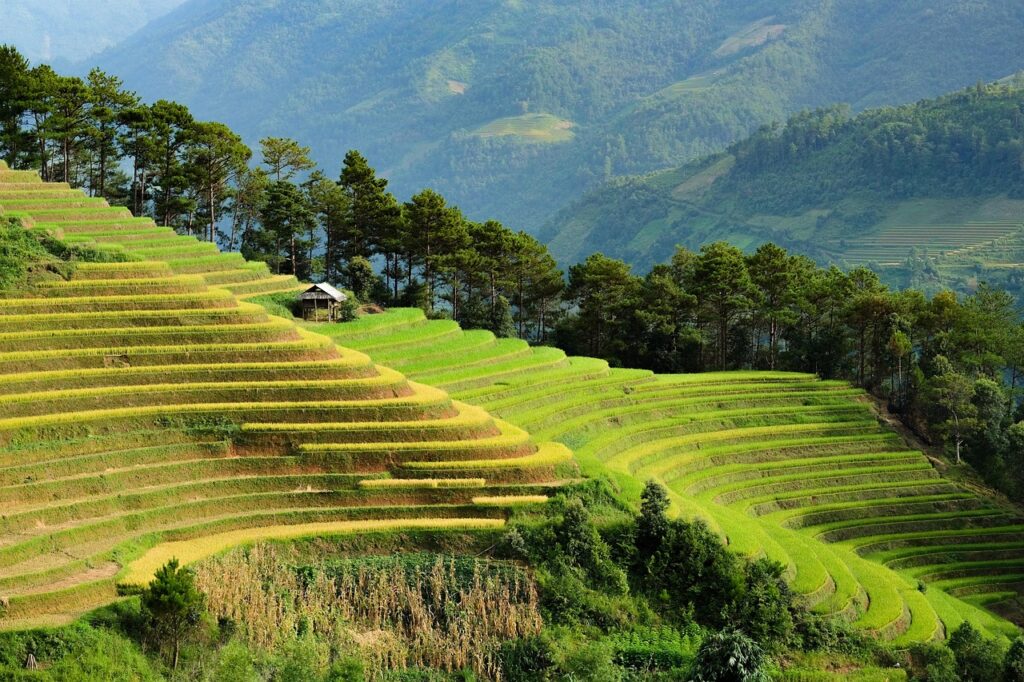Understanding the Desert Landscape
Deserts cover roughly 33% of the Earth’s land surface (source: National Geographic). Unique ecosystems, these arid regions offer diverse landscapes and microclimates. Temperature extremes can vary significantly between daytime and nighttime, impacting both flora and fauna.
Types of Deserts
- Hot Deserts: Characterized by scorching daytime temperatures, hot deserts like the Sahara and Mojave provide classic desert scenery with extensive sand dunes and occasional oases.
- Cold Deserts: Found in regions such as Antarctica and the Gobi, cold deserts experience frigid winters, with significant temperature drops and less evaporation.
- Semi-arid Deserts: These deserts, such as the Sagebrush of the USA, feature more moderate climates but still maintain low precipitation.
- Coastal Deserts: Located along coasts, like the Atacama Desert in Chile, coastal deserts receive fog and dew as primary moisture sources rather than rain.
Flora and Fauna
- Flora Adaptations: Desert plants like cacti and succulents have evolved to store water and minimize water loss using waxy coatings and deep root systems.
- Fauna Adaptations: Animals such as camels, fennec foxes, and snakes adapt to harsh environments by being nocturnal or having specialized kidneys to conserve water.
Desert Geology
Deserts feature various geological formations including buttes, mesas, arches, and sand dunes. Wind and water erosion, though infrequent, shape these landscapes over millennia. Sand dunes, categorized into types like barchan, transverse, and star dunes, signify how wind direction and speed influence their formation.
Navigational Challenges
Accurate navigation is vital in deserts due to extreme conditions and vast, featureless expanses. Utilizing GPS devices, topographic maps, and understanding natural landmarks like the position of the sun can prevent getting lost. However, always conserving energy and water is essential in such terrains.
Understanding the intricacies of the desert landscape adds to the thrill and preparation of exploring these arid regions. By appreciating its varieties, the ecosystem adaptations, and navigational challenges, travelers can better equip themselves for a successful desert adventure.
Choosing the Right Time to Visit
Selecting the optimal time for a desert adventure ensures a safer and more enjoyable experience. Different deserts present unique challenges depending on the season and weather conditions.
Best Seasons for Desert Adventures
Spring and fall are often the best seasons for desert adventures. In spring, moderate temperatures and blooming wildflowers create a pleasant environment. Fall also offers favorable conditions with cooler temperatures and reduced risk of extreme weather. Summer can be unbearably hot while winter nights can be freezing.
Weather Considerations
Weather drastically affects desert travel. High daytime temperatures in summer can lead to dehydration and heatstroke. Checking the weather forecast before setting out is crucial. Sandstorms, common in deserts, can reduce visibility and harm respiratory health. Always ensure you’re prepared for sudden weather changes by carrying appropriate gear.
Essential Gear and Equipment
In the harsh and unpredictable conditions of a desert, having the right gear and equipment can make or break your adventure. Ensuring you pack all the necessary items will enhance your experience and ensure your safety.
Survival Gear
Carrying essential survival gear is paramount when exploring deserts. Water is the most critical element. I take a minimum of one gallon of water per person per day. Portable water filters or purification tablets add an extra layer of safety.
A first aid kit with a wide range of supplies is crucial. Bandages, antiseptics, tweezers, and pain relievers should be included. Navigational tools are also indispensable. GPS devices and detailed paper maps fall under this category. Backup batteries and a compass offer additional reassurance.
Emergency shelters, such as lightweight tents or bivy sacks, protect against the elements. High-energy snacks provide necessary sustenance. I also pack multi-tools for versatility, including knives, pliers, and screwdrivers.
Clothing and Footwear

Choosing appropriate clothing and footwear ensures comfort and protection against harsh desert conditions. I begin with moisture-wicking base layers to keep skin dry. Lightweight but long-sleeved shirts and pants provide sun protection and minimize skin exposure.
Hats with wide brims offer shade for the face and neck. Sunglasses with UV protection guard the eyes against sun glare. In addition to sun protection, consider layering. Desert temperatures fluctuate significantly, so light jackets and thermal layers become essential.
For footwear, I opt for breathable, sturdy hiking boots. Boots with high ankle support prevent injuries over rough terrain. Moisture-wicking socks reduce the risk of blisters. Gaiters keep sand out of boots and maintain comfort.
Having the right gear, from essential survival items to appropriate clothing and footwear, prepares you for a successful desert adventure.
Navigation and Safety Tips
Venturing into the desert requires careful planning, especially for navigation and safety. Essential aspects include using GPS and maps and understanding local wildlife and hazards.
Using GPS and Maps
Reliable navigation is crucial. Modern GPS devices offer precise location data, but dependence on them alone can be risky since digital devices can fail in harsh conditions. It’s important to bring physical maps as well, ensuring they’re up-to-date and cover the entire area of your planned route. Learning basic map reading skills provides a vital backup. Combining both technologies helps maintain your bearings and adapt to unexpected path changes.
Local Wildlife and Hazards
Knowledge of local wildlife prevents dangerous encounters. Deserts host various creatures like snakes, scorpions, and insects. Studying their behaviors and habitats can reduce risks. For example, rattlesnakes typically avoid humans but can bite if threatened. Understanding these patterns helps maintain a safe distance.
Hazards include extreme temperatures, sudden weather changes, and challenging terrain. High daytime temperatures can lead to dehydration and heatstroke, making it essential to carry ample water and wear appropriate clothing. Sandstorms obstruct vision and disorient travelers; thus, monitoring weather forecasts minimizes surprises. By staying informed and preparing comprehensively, safe navigation of the desert becomes feasible.
Must-Visit Desert Destinations
Desert adventures offer unique experiences that can’t be found elsewhere. These destinations promise awe-inspiring landscapes and memorable journeys.
Famous Deserts Around the World
- Sahara Desert: The Sahara, Africa’s largest desert spans 3.6 million square miles. Iconic sand dunes and ancient oases define its landscape. Visitors can explore places like the Erg Chebbi dunes in Morocco.
- Arabian Desert: Covering most of the Arabian Peninsula, this desert includes the Empty Quarter (Rub’ al Khali). Its vast, sandy expanses make it a must-visit for adventure seekers, especially in the United Arab Emirates.
- Gobi Desert: The Gobi straddles northern China and southern Mongolia. It’s known more for its harsh climate than sand dunes. Highlights include the Flaming Cliffs and the Khongoryn Els dunes.
- Atacama Desert: Located in northern Chile, the Atacama is one of the driest places on Earth. It’s famous for moon-like landscapes, salt flats, and stargazing opportunities, especially in the town of San Pedro de Atacama.
- Simpson Desert, Australia: Less crowded than other Australian deserts, Simpson offers striking red sand dunes and rich indigenous history. The best spot to experience it is the French Line track.
- White Desert, Egypt: A unique desert formed by chalk rock formations. Its surreal landscapes near Farafra make it a lesser-known yet must-visit spot in Egypt.
- Dasht-e Kavir, Iran: This salt desert presents a fascinating mix of salt flats and sand dunes. The Maranjab Desert offers a perfect entry point for exploration.
- Wadi Rum, Jordan: Known as the Valley of the Moon, it’s characterized by dramatic sandstone mountains and ancient petroglyphs. It’s a quieter alternative to more well-known destinations and offers deep historical insights.
With these destinations, whether renowned or hidden, every desert explorer finds something extraordinary.
Activities to Enjoy
Exploring desert landscapes offers numerous thrilling activities that provide both excitement and connection to nature.
Hiking and Trekking
Hiking and trekking in deserts offer unique experiences. Trails in places like the Grand Canyon, Arizona, and the Wadi Rum, Jordan, present stunning views of rugged terrain and striking rock formations. Ensure you carry enough water, wear breathable clothing, and use GPS devices for navigation. National parks often offer guided tours that highlight significant landmarks and native flora and fauna, enhancing the exploration experience.
Sandboarding and Dune Bashing
Sandboarding and dune bashing cater to adrenaline seekers. Sandboarding on the golden dunes of the Namib Desert in Namibia or the Sahara Desert delivers an exhilarating rush. For dune bashing, destinations like the Arabian Desert in Dubai and the Rub’ al Khali in Saudi Arabia feature vast, rolling dunes perfect for high-speed off-road excursions. Rent well-maintained equipment, follow safety protocols, and always go with experienced guides to maximize thrill while ensuring safety.
These activities make desert adventures memorable by combining natural beauty with outdoor excitement.




